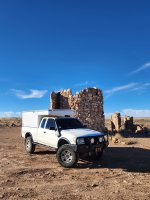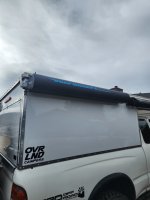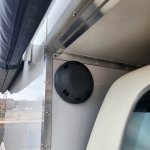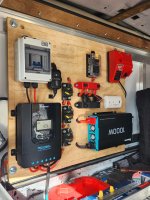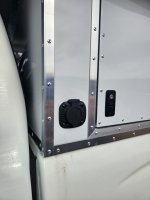@dstefan you mentioned thermal bridging and I agree.
I choke, then laugh when DIY (or factory for that matter) builders begin talking about thermal bridging in a camper. Almost like talking a leak in a river and then saying the water level is rising!
I spent a few nights in an Army tent at -50 degrees and the tent poles touching the sides didn't make a flippin bit of a difference! At 115 degrees it didn't make any difference either. Just turn up the heater or turn down the AC. Yes, you can heat or cool down a tent.
If anyone is in any container, hut, dwelling, shelter or what have you, where 3 degrees difference on any structural part of it is actually critical, you're on the wrong planet.
If more thought were given to sizing a heater and an AC unit for an outdoor habitat, thermal bridging would only be a conversation among science geeks.
I choke, then laugh when DIY (or factory for that matter) builders begin talking about thermal bridging in a camper. Almost like talking a leak in a river and then saying the water level is rising!
I spent a few nights in an Army tent at -50 degrees and the tent poles touching the sides didn't make a flippin bit of a difference! At 115 degrees it didn't make any difference either. Just turn up the heater or turn down the AC. Yes, you can heat or cool down a tent.
If anyone is in any container, hut, dwelling, shelter or what have you, where 3 degrees difference on any structural part of it is actually critical, you're on the wrong planet.
If more thought were given to sizing a heater and an AC unit for an outdoor habitat, thermal bridging would only be a conversation among science geeks.

 We’re out of Front Royal, VA.
We’re out of Front Royal, VA. 